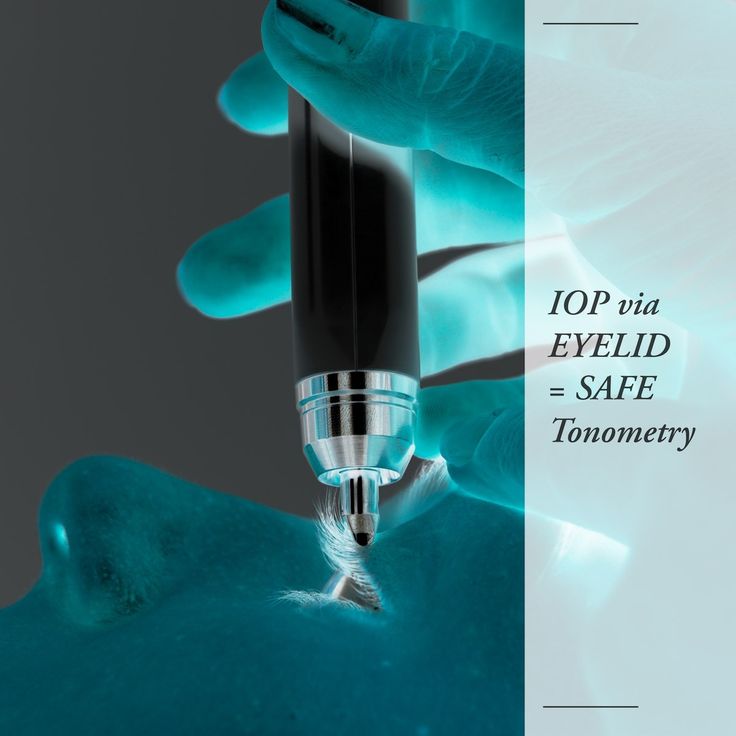

#CONCUSSION FLICKERY EYESIGHT TV#
Do you remember old TV sets? They’d have that snowy pattern. It’s like little itty-bitty, tiny dots that are there, like in the old TV sets. Visual snow is a persistent visual phenomenon.

Remember I said the aura was a discreet neurologic event that occurred, followed by the headache. Visual snow is very different from an aura.

For example, there’s an entity that we’ve come to call visual snow. There are some people with migraine that can also get other visual phenomena. People with migraine, in general, are very visually sensitive people. Peripheral movement in the visual field will sometimes even trigger a migraine. But also visually sensitive to stripes, flickering lights, lights that are moving. And we talked about light sensitivity last year. What I think is also interesting about people with migraine with aura and with people with migraine, in general, is that in-between their big headaches, they’re also visually sensitive, so they’re always a little bit more light-sensitive than the next person. It’s still a migraine aura, but it doesn’t trigger the headache. What’s interesting about this aura is as people get older, sometimes they lose the headache but keep the aura, and sometimes that is called later-life migraine accompaniments. There are other types of auras, such as dizziness or vertigo auras, or numbness around the face and hand followed by a headache, but the visual aura is the most common. But an aura is a discreet neurologic event, usually visual. Sometimes it’s on the opposite side to the visual symptoms, sometimes it’s on both sides, and then the headache can be indiscernible from a migraine without aura. The aura frequently will come before the headache and then the person will have a headache. When they’ve done experiments looking at the brain and the slow waves that travel in the brain, the speed with which that slow wave travels corresponds a lot with the aura and scientists have figured that out. We know also, or we think we know, that it is triggered by cortical spreading depression. So we know that it’s coming from the brain. And what some people think is something is wrong with their eye, but really it’s happening in the brain, and if they cover the eye that they think has it, they can still see the little zig-zaggy lines or spots on the page in the other eye. Just almost like a little flickering or almost kaleidoscopic, and then it will build up and grow.

It’s usually heralded by a visual symptom, which we call aura, and it’s a discreet neurologic event that causes disturbance in the vision.Īnd it often will start little. Okay, so one thing we have to understand is that people who have migraine with aura have a specific kind of migraine.


 0 kommentar(er)
0 kommentar(er)
